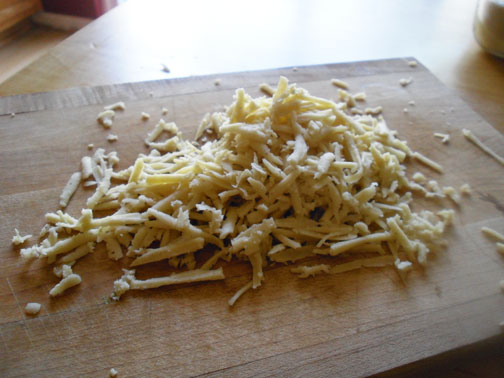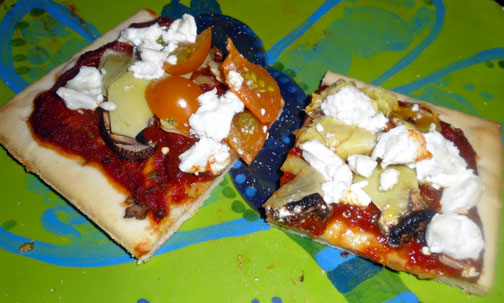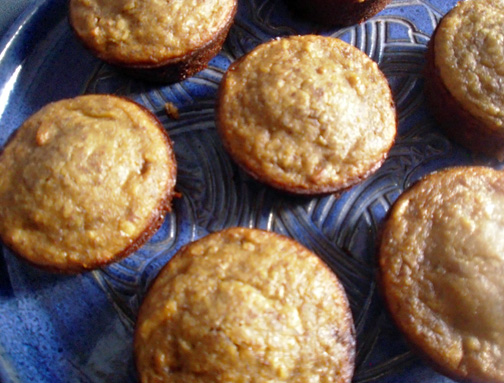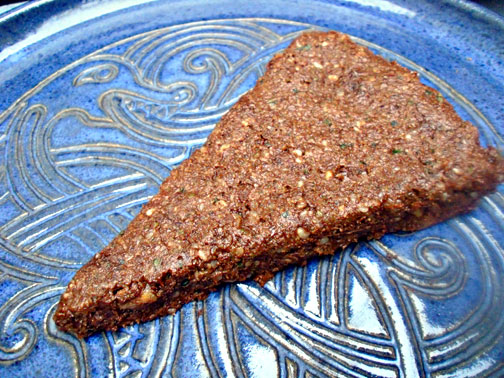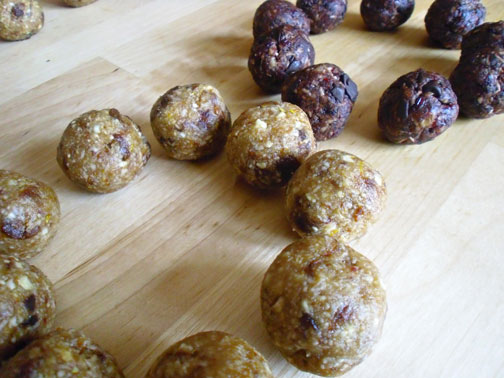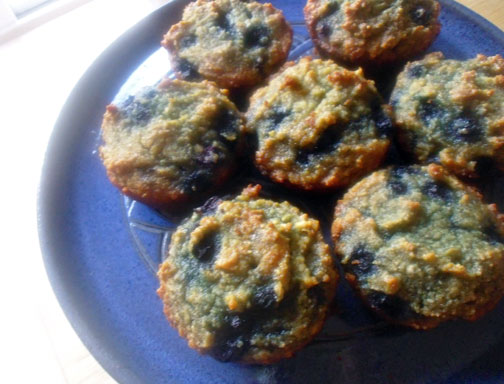
Blueberry grain free and gluten free muffins
These muffins inspire me to thank the heavens and the earth for the deliciousness in which they create such amazing ingredients to make grain free and gluten free baked goods with. If it weren’t for recipes like these, I am not sure I would survive the day without grains. Honestly!
Not only gluten free, these delights are grain-free, dairy free and sugar free. The ingredients are so simple, they literally take 12 minutes or less to mix up. And while they bake, you will be brought back to a time when you ate blueberry muffins freely, from your mother’s oven.
While I will go into this more deeply in coming future posts, in short, my diet has gone the grain-free direction for many reasons and even quinoa and amaranth are out, even though they are technically seeds. So while I often create recipes for clients who are on a very limited diet, I have now found myself on one as well. So, yes, I want to again, thank the heavens and the earth for this recipe and other grain-free recipes that have been getting me through this beginning stage of forgoing all grains, all starches, and all sugars except for honey.
I will also deeply thank Carrie at Organic and Thrifty for this recipe. I found it last night at around 10:00 and decided to make them before I went to bed for breakfast the next morning. Yes, they are easy! And they were a big hit this morning and throughout the day. And they are all gone, every last little crumb.
My son even adored them who has been not as crazy about the grain free goodies I’ve been creating lately. And my husband says they are awesome, who is not even wheat-free. So that says something too!
So if you want to know just how good they are, make them. Make them now, and enjoy every last bit. My intention was to freeze half of them, but they didn’t last that long. Next time I’ll make a double batch.
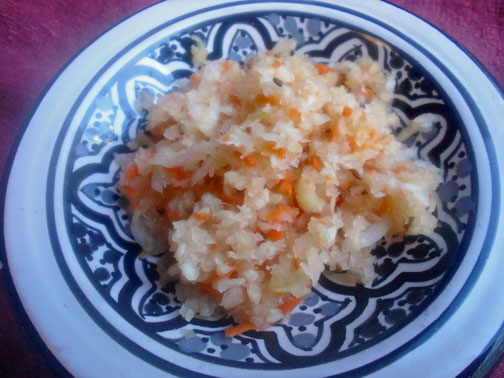
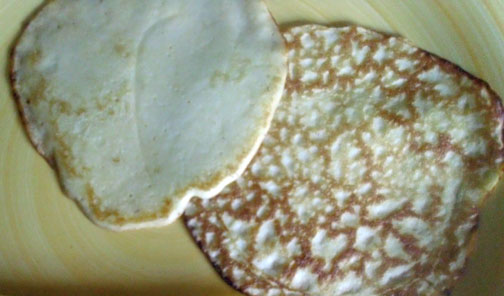
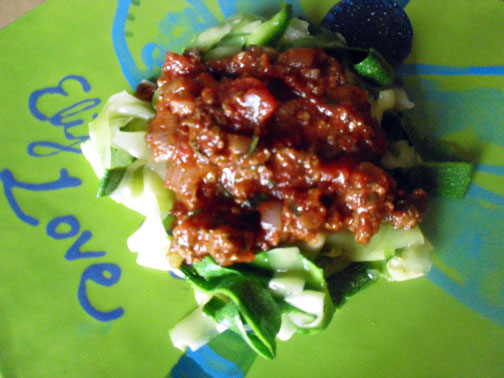


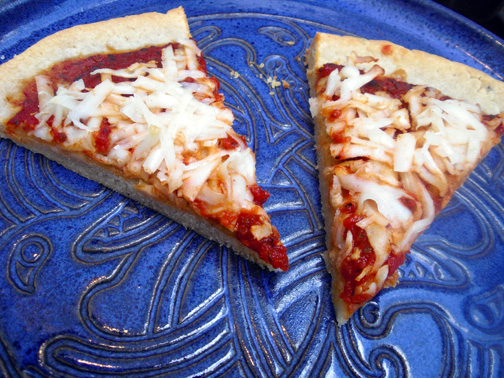
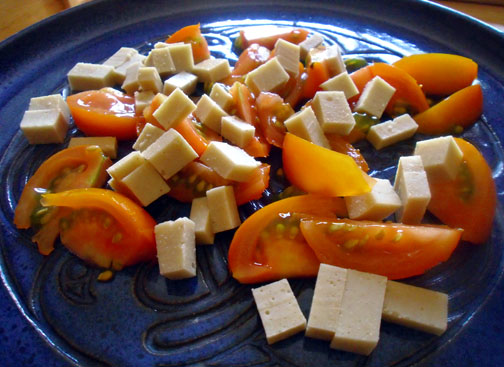 I feel like I am somewhat on a quest; a quest to find food that anyone can eat, no matter what their food restrictions may include. This is now my second attempt at a recipe for SLICE-ABLE and GRATE-ABLE, dairy-free, casein-free and soy-free cheese. Unfortuanately it doesn’t cover people with nut or cashew allergies, but hopefully many people can use and enjoy this recipe.
I feel like I am somewhat on a quest; a quest to find food that anyone can eat, no matter what their food restrictions may include. This is now my second attempt at a recipe for SLICE-ABLE and GRATE-ABLE, dairy-free, casein-free and soy-free cheese. Unfortuanately it doesn’t cover people with nut or cashew allergies, but hopefully many people can use and enjoy this recipe.